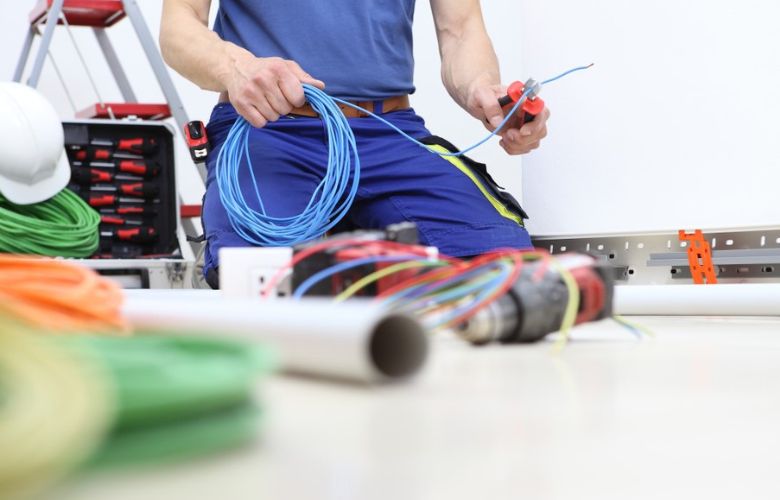What is House Rewiring?
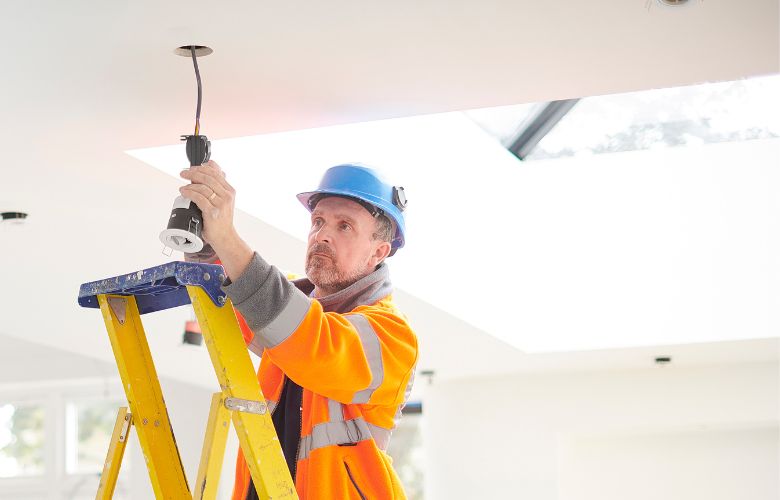
Rewiring a house involves replacing outdated electrical wiring and fixtures to ensure safe and efficient electrical flow throughout the property.
The Country Fire Association (CFA) of Australia recorded 1,588 preventable house fires in 2017, 25% of which were electrical. The New South Wales Fire and Rescue Service reported that electrical faults are responsible for 350+ residential house fires annually. These alarming statistics underscore the critical importance of house rewiring for both safety and functionality.
Signs that indicate the need for rewiring:
- Frequent circuit breaker trips
- Flickering lights
- Non-functional outlets
- Burning smells
- Defunct electrical systems
Rewiring improves safety by eliminating faulty wiring that can pose fire hazards. Additionally, it enhances the functionality of your electrical system, allowing for the use of modern appliances and technologies without overloading the circuits. It also ensures better energy efficiency, potentially reducing your electricity bills.
Assessing the Scope of the Rewiring Project
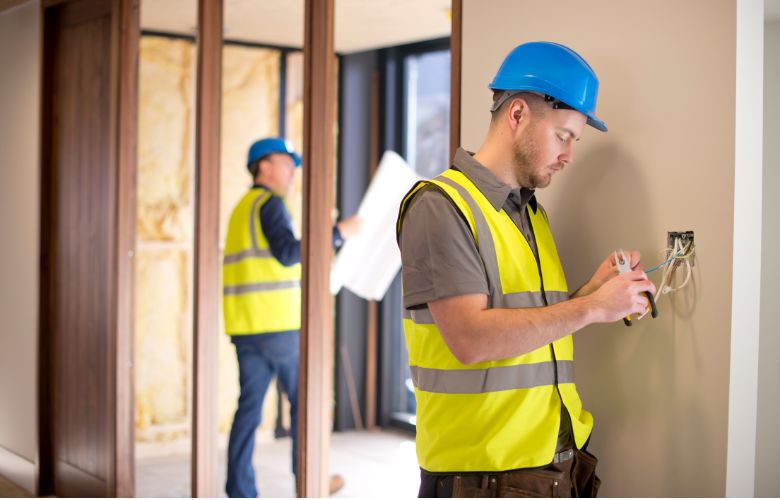 Seeking Professional Advice and Inspections
Seeking Professional Advice and Inspections
To ensure an accurate assessment and appropriate planning for the rewiring project, it is essential to consult with the trusted electricians and schedule thorough inspections. They will diagnose existing and potential issues and guide you on the best course of action.
Determining the Extent of Rewiring Acquired
Based on the assessment, the electrician can decide whether a partial or complete rewiring is necessary. Factors such as the age of the house, the type of wiring materials used, and the identified safety hazards will influence the decision.Planning and Preparation
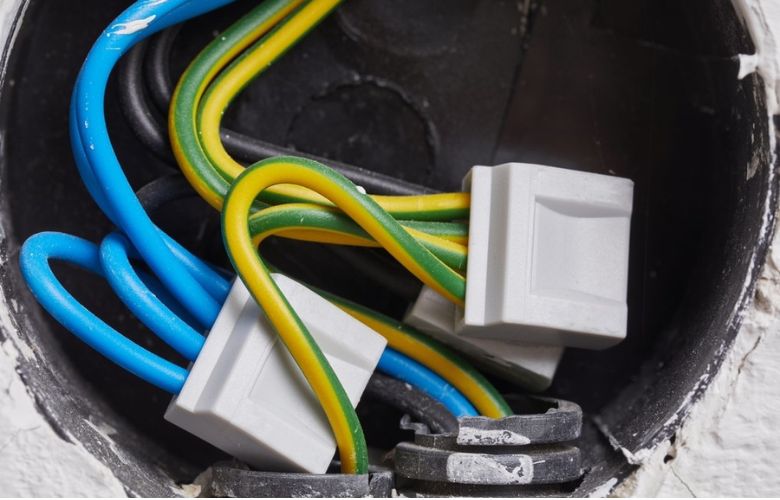 Creating a Rewiring Plan
Creating a Rewiring Plan
Once the electrical company has identified the extent of the rewiring required, they will create a detailed plan. The plan will outline the specific areas of the house that need rewiring, the materials they need, and the estimated timeline for the project. A well-thought-out plan will streamline the process and help the electrician and homeowner stay organized throughout the project.
Obtaining Necessary Permits and Permissions
Before commencing the electrical work, the electrical service company will check local regulations and obtain the necessary permits and permissions. These include:
- Electrical work permit
- Building permit
- Planning approval
This ensures that your rewiring project complies with building codes and safety standards.
Inventorying Required Materials and Tools
The electrician will list the materials he needs to avoid delays during the rewiring project: cables, switches, electrical panels, junction boxes, and other necessary components. Additionally, they will have a well-equipped personal toolkit to complete the project safely and effectively.
Steps in Home Rewiring
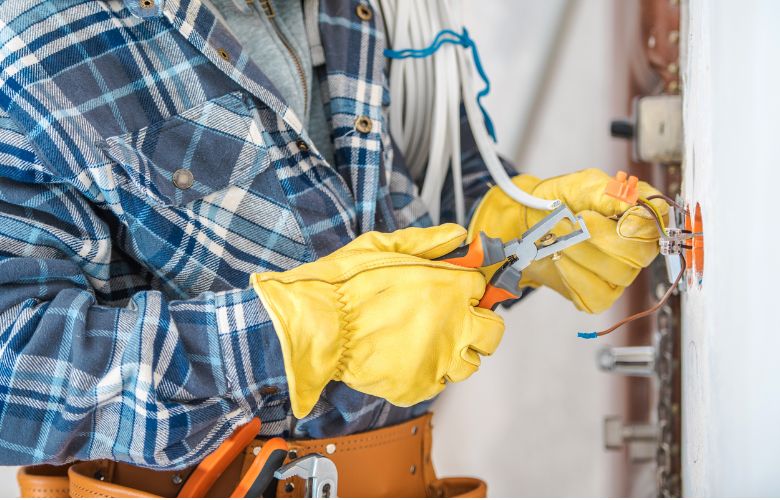
Rewiring a house is a complex process that involves multiple tasks, some of which include:
Disconnecting and isolating the power supply.
Before beginning rewiring work, the electrician will ensure your safety by disconnecting and isolating the power supply. He will turn off the main circuit breaker and testing to verify that no electricity is flowing through the house.
Removing old wiring and fixtures.
The electrician will remove the old wiring, outlets, switches, and fixtures with the power supply turned off. He will handle and dispose of the old wiring materials properly, as the wires may contain hazardous components like lead or asbestos.
Installing new wiring and outlets.
Once the old wiring is removed, he will install replacements according to the rewiring plan. He will route the cables through the walls, ceilings, and floors and connect them to the appropriate outlets, switches, and fixtures. The installation will follow electrical codes and safety standards.
Upgrading the electrical panel and circuit breakers.
As part of the rewiring project, upgrading the electrical panel and circuit breakers is often necessary. This step ensures that the panel can handle the increased electrical load and provide better protection against electrical hazards.
Proper grounding and bonding.
Proper grounding and bonding are crucial for the safety and effectiveness of the electrical system. Grounding provides a path for electrical current to safely dissipate into the ground, while bonding connects all metal components to prevent the buildup of electrical charges.
Reconnecting the power supply and testing.
Once the rewiring is complete the electrician will reconnect the power supply. However, before doing so, he will conduct thorough testing to ensure that the newly installed electrical system functions correctly and safely. Testing includes checking outlets, switches, lighting fixtures, and other electrical connections for proper functionality.
Ensuring Safety and Compliance
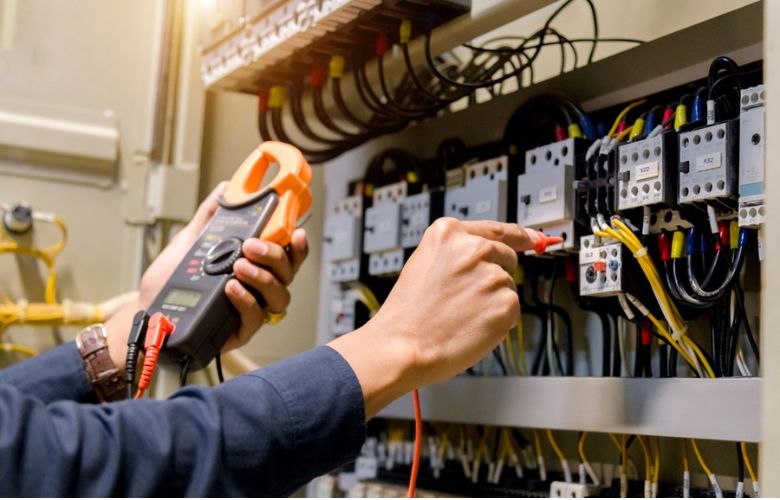 Adhering to Electrical Codes and Regulations
Adhering to Electrical Codes and Regulations
The electrician should adhere to local electrical codes and regulations throughout the rewiring process. These codes exist to ensure the safety of the electrical system and the house’s occupants. Compliance with these codes helps prevent electrical hazards and potential accidents. Some codes include:
- AS/NZS 3000:2018 (Wiring Rules)
- State electrical safety acts and regulations
- Building codes and standards
- State and territory government requirements
Installing Safety Features
Installing safety features like ground fault circuit interrupters (GFCIs) in moisture-prone areas like kitchens, bathrooms, and outdoor outlets is a prudent measure. GFCIs provide enhanced protection against electrical shocks by quickly shutting off the power when they detect an imbalance.
Proper Labeling and Organisation
The electrician will categorize the newly installed wiring to facilitate future maintenance and troubleshooting. This organization allows easy identification of circuits and components, reducing the time and effort for future electrical work.
Benefits of Rewiring a House
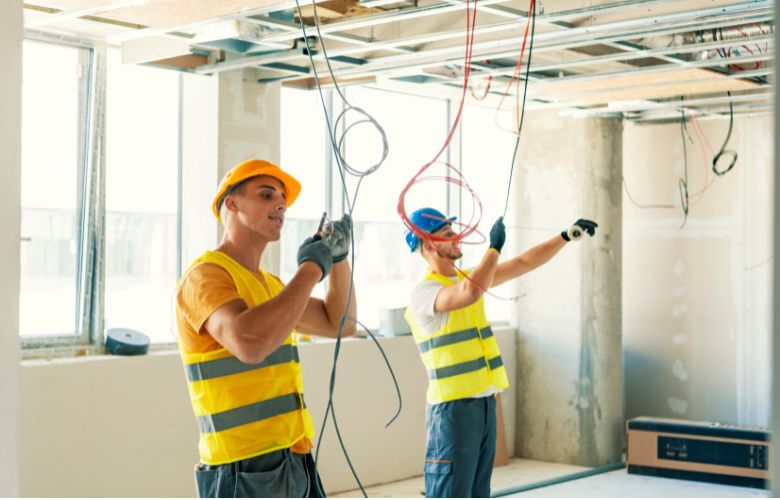
Once the electrician completes the house rewiring, you can enjoy the following benefits for years to come:
- Improved safety
- Enhanced functionality
- Increased energy efficiency
- Reduced risk of electrical fires
- Support for modern appliances
- Compliance with electrical codes
- Future scalability and adaptability
- Better electrical load management
- Potential reduction in electricity bills
Conclusion
House rewiring is a crucial undertaking. It ensures the safety and efficiency of your home’s electrical system. With the concerning number of preventable electrical fires, it is important to be proactive and address signs indicating the need for rewiring. By understanding the rewiring process and seeking professional assistance, you can provide a secure environment for yourself and your loved ones.

